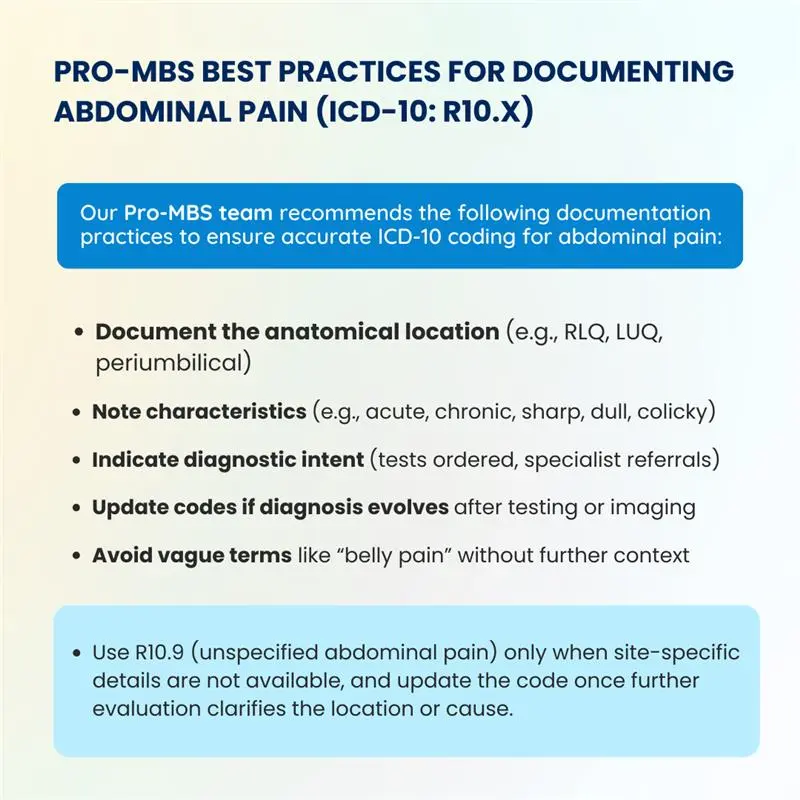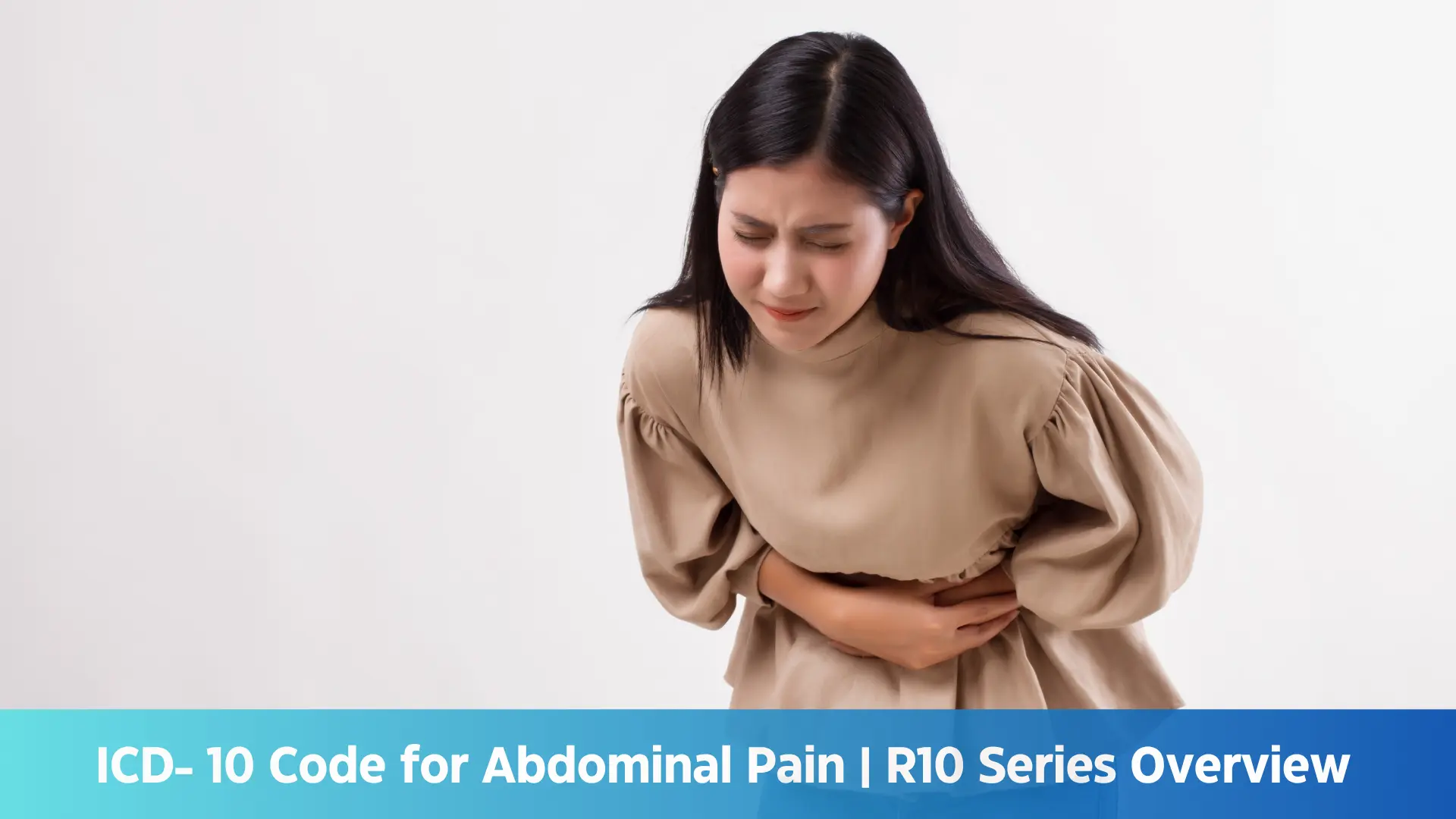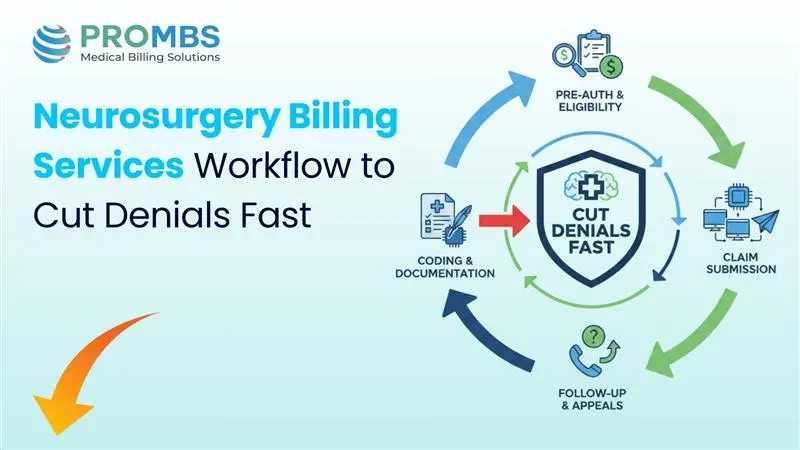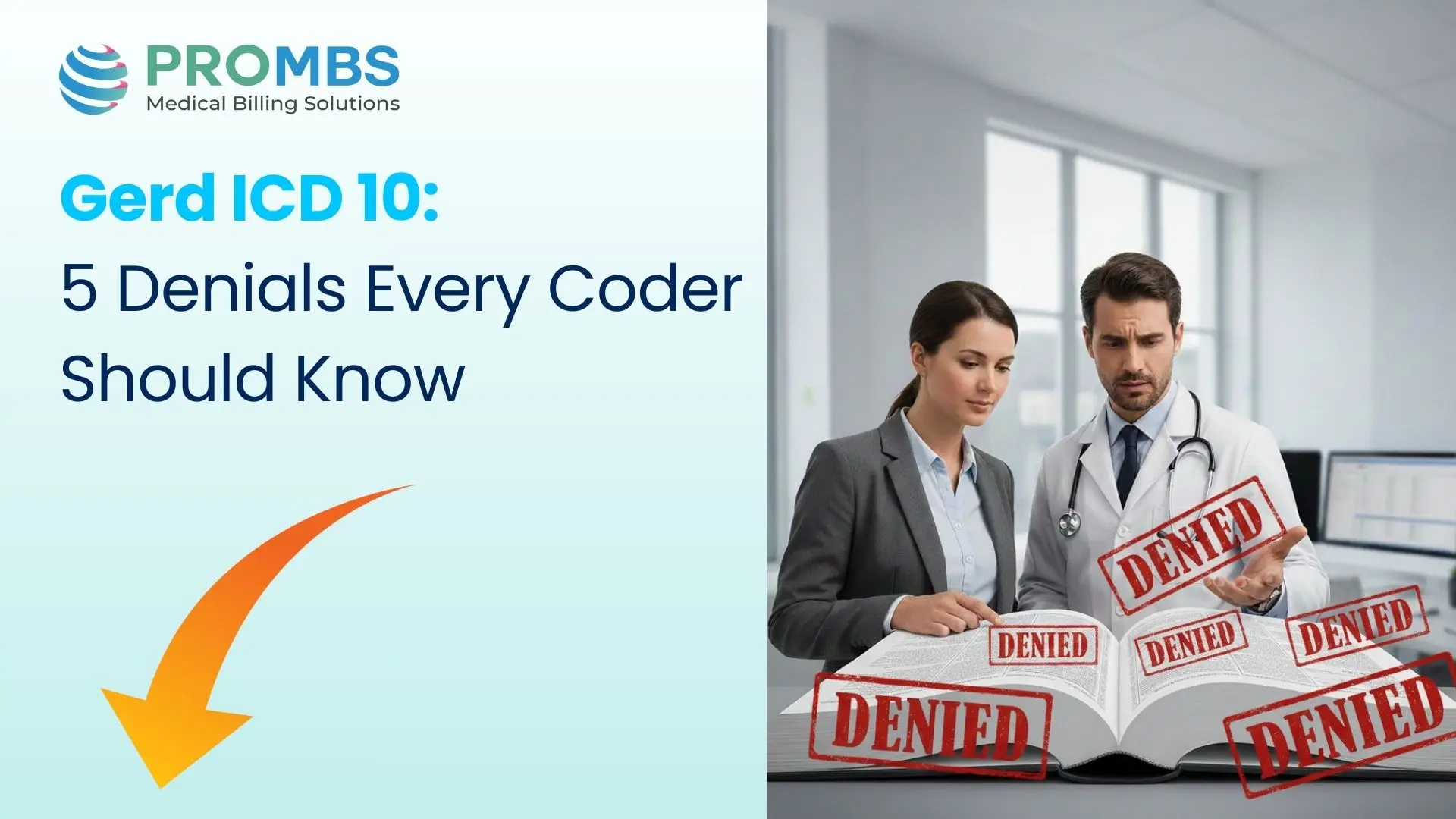ICD- 10 Code for Abdominal Pain: Accurate Coding for a Complex Symptom
According to the Centers for Disease Control and Prevention (CDC), the number of non-injury emergency department (ED) visits in which abdominal pain was the primary reason for the visit increased by 31.8% in recent years. Abdominal pain is now one of the most frequent presenting complaints in outpatient and acute care settings across the United States. Despite its prevalence, coding abdominal pain correctly under ICD-10-CM requires careful attention to symptom localization, severity, and the exclusion of confirmed diagnoses.
The ICD- 10 Code for Abdominal Pain falls under the R10 series, which allows providers and coders to capture the symptom when a definitive diagnosis is not yet available. This series plays a critical role in clinical documentation, supports payer medical necessity requirements, and ensures accurate claim processing. In this guide, we explore how to correctly apply R10 codes for abdominal pain based on clinical presentation, anatomical specificity, and coding compliance principles.
What You’ll Learn
In this blog, you’ll learn how to:
- Identify the correct ICD-10 code for different types and locations of abdominal pain
- Apply coding rules when laterality or specificity is missing
- Use the R10 series to support differential diagnosis and testing
- Document abdominal pain appropriately for clean claim submission
- Recognize when pain is primary vs. a symptom of an underlying condition
What Is Abdominal Pain?
Abdominal pain refers to discomfort or pain felt anywhere between the chest and pelvic regions. It can be:
- Localized (e.g., right lower quadrant pain)
- Generalized (diffuse or nonspecific)
- Acute or chronic
- Somatic, visceral, or referred
The underlying cause may range from benign gastrointestinal upset to urgent conditions like appendicitis, cholecystitis, bowel obstruction, or gynecologic pathology.
When no definitive diagnosis is made, ICD-10-CM R10 codes are used to report pain as the presenting symptom.
ICD- 10 Code for Abdominal Pain: The R10 Series
| ICD-10 Code | Description |
|---|---|
| R10.0 | Acute abdomen |
| R10.10 | Upper abdominal pain, unspecified |
| R10.11 | Right upper quadrant pain |
| R10.12 | Left upper quadrant pain |
| R10.13 | Epigastric pain |
| R10.2 | Pelvic and perineal pain |
| R10.30 | Lower abdominal pain, unspecified |
| R10.31 | Right lower quadrant pain |
| R10.32 | Left lower quadrant pain |
| R10.33 | Periumbilical pain |
| R10.84 | Generalized abdominal pain |
| R10.9 | Unspecified abdominal pain |
When to Use ICD- 10 Code for Abdominal Pain (R10.0–R10.9)
Use abdominal pain codes in these clinical contexts:
- No definitive diagnosis: When pain is the primary symptom at time of encounter
- Initial workup: Before imaging, labs, or consultation results are available
- Symptom-focused evaluation: Especially in ED or urgent care settings
- Pediatric and geriatric complaints where differential diagnosis is broad
Avoid using these codes when a confirmed diagnosis (e.g., acute appendicitis – K35.80) has been established. In those cases, the diagnosis should be coded, not the symptom.
Abdominal Pain Coding Scenarios and Examples
Example 1 – Epigastric Pain
HPI: 47-year-old male reports burning epigastric pain for 2 weeks. Denies vomiting or fever. No prior diagnosis.
Assessment: Suspected gastritis. Awaiting labs.
Plan: Start PPI, order EGD.
ICD-10 Code: R10.13 – Epigastric pain
Example 2 – Right Lower Quadrant Pain with Appendicitis Suspicion
HPI: 21-year-old female with acute RLQ pain, rebound tenderness.
Assessment: Likely appendicitis; surgical evaluation needed.
Plan: CT abdomen/pelvis; NPO.
ICD-10 Code (initial visit): R10.31 – Right lower quadrant pain
ICD-10 Code (post-confirmation): K35.80 – Acute appendicitis

Abdominal Pain vs. Underlying Diagnosis: How to Code
| Situation | Code |
|---|---|
| Pain is the only known symptom | R10.x |
| Diagnosis confirmed (e.g., colitis) | Code the diagnosis (e.g., K52.9) |
| Pain plus suspected condition | R10.x + suspected condition (if allowed) |
| Final diagnosis after tests | Replace R10.x with definitive diagnosis |
Can R10.x Be the Primary Diagnosis?
Yes — when:
- The chief complaint is pain and no definitive diagnosis exists at the time of service
- The patient is in the early diagnostic phase (e.g., awaiting test results)
- The encounter is for symptom evaluation, not disease management
No — if:
- A specific cause has been determined and is the reason for services rendered
- Pain is secondary to another confirmed condition
How Pro-MBS Supports Accurate Abdominal Pain Coding
Our Pro-MBS coding team works closely with emergency departments, primary care providers, and specialty practices to ensure precise application of ICD-10 codes in symptom-driven scenarios like abdominal pain. Leveraging deep expertise in the R10 series, we support accurate code selection based on clinical presentation, anatomical specificity, and documentation quality. Our approach is tailored to meet payer requirements while minimizing the risk of denials related to vague or incomplete coding.
Through real-time coding guidance, proactive chart audits, and documentation alignment strategies, we help providers navigate the complexities of abdominal pain coding with confidence. Whether evaluating generalized pain or quadrant-specific complaints, our team ensures that each claim reflects medical necessity, supports diagnostic testing, and meets the highest standards of coding compliance.



